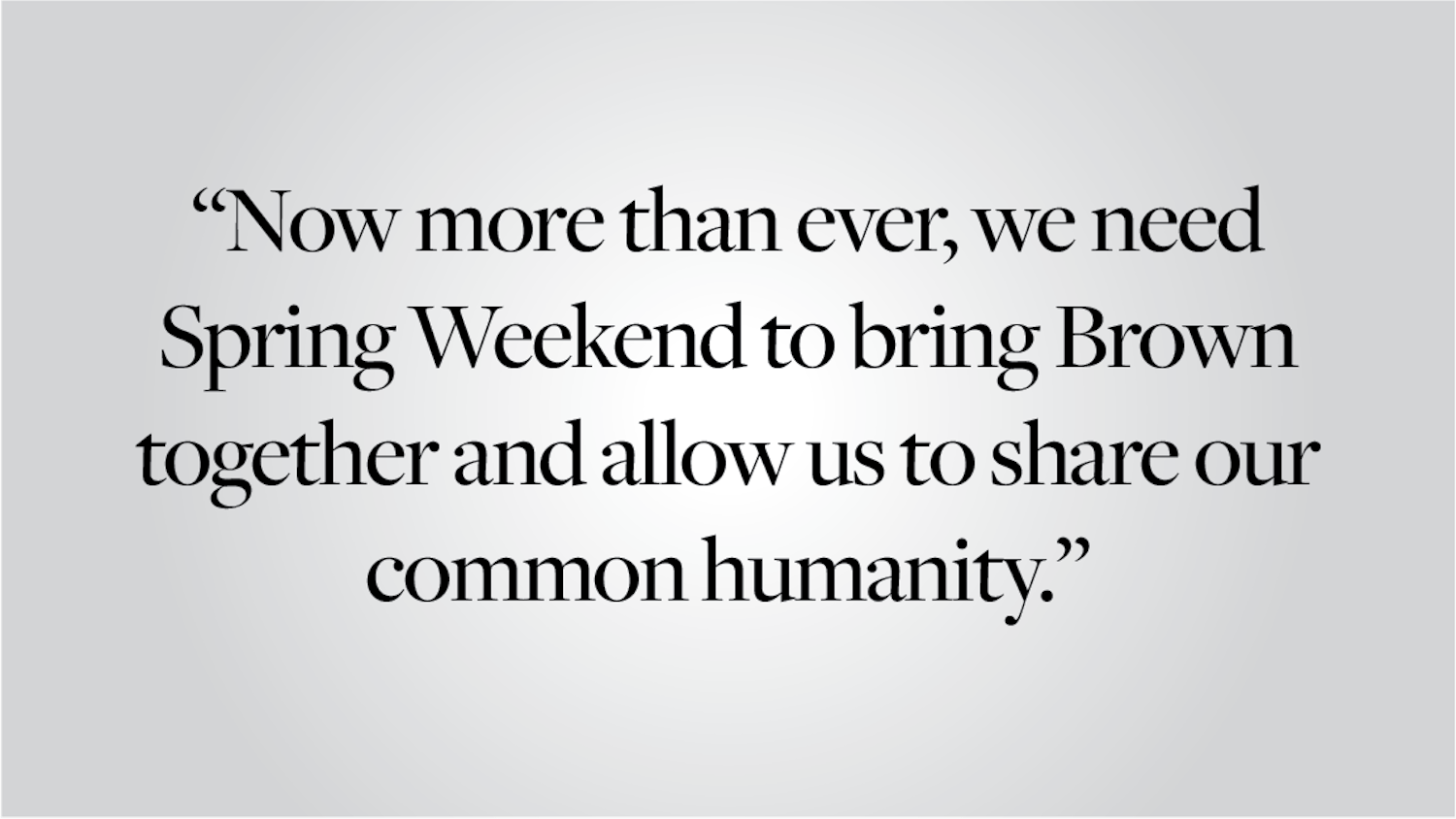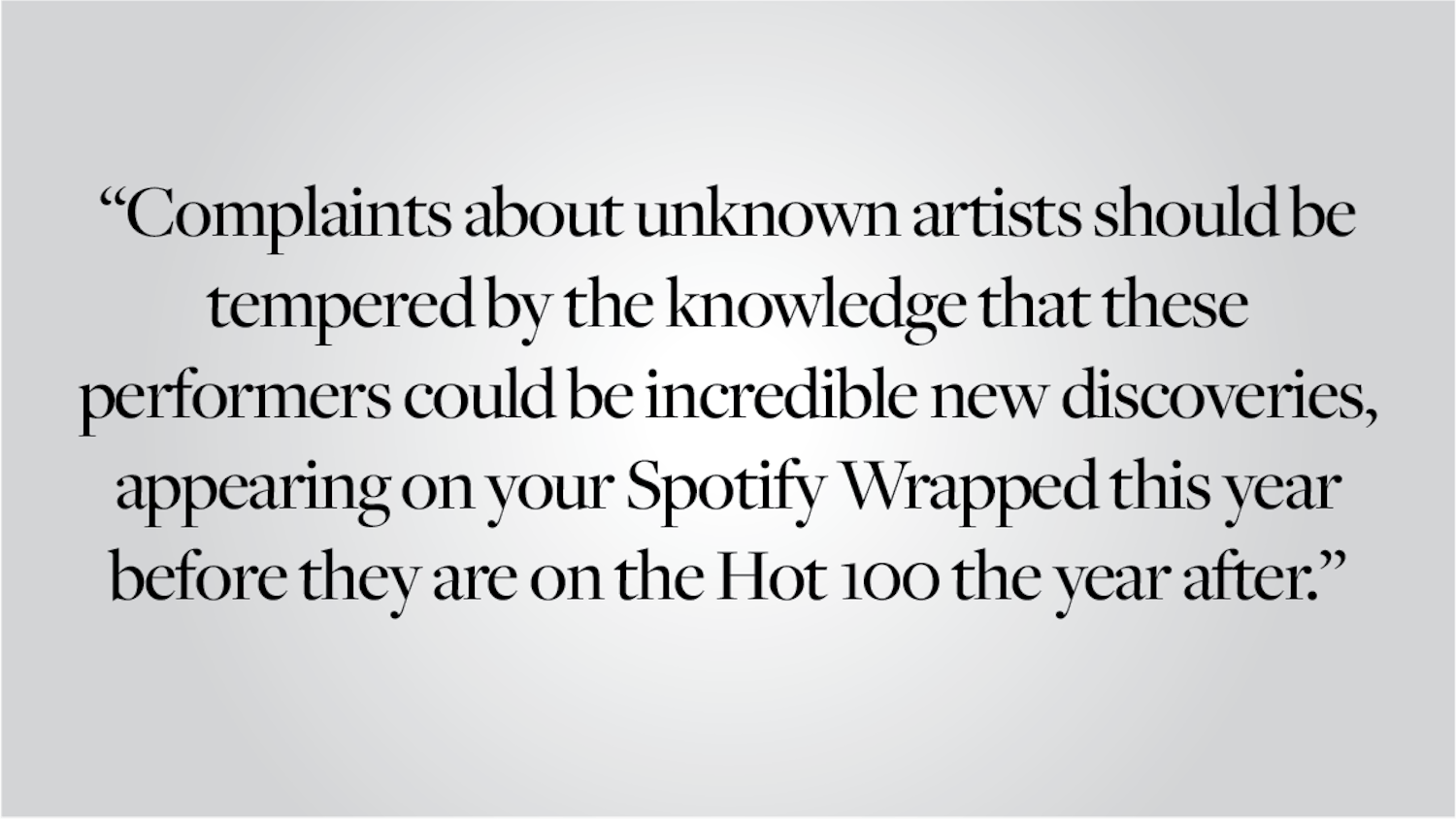The debate over free speech on college campuses and in academia fits into a neat, tightly woven narrative that goes something like this: Rather than inherit the mantle of their student-activist predecessors, the free speech advocates of the 1960s, college students today choose to remain in their safe spaces and repress viewpoints counter to their own. This characterization is enormously misleading. Yet it seems to have been taken up by those on the left who may have been a part of those original student movements, as well as by those on the right who probably view those movements far more favorably now than they might have at the time.
Middlebury College, a small liberal arts school in Vermont, is ground zero for the debate this month. The American Enterprise Institute’s chapter there, with a cosponsorship from the political science department, invited Charles Murray, a conservative sociologist and author, to give a talk. Murray is the author of a 1994 book, “The Bell Curve,” which posited that differences in IQ among races were genetic and were to blame for social problems like crime and poverty, a claim that was emphatically debunked over 20 years ago. The last time he spoke at Middlebury eight years ago, Murray “insulted the black students in the audience, telling them they would be better off going to a state university rather than being over their heads at an ‘elite’ institution that they did not really earn the right to attend,” Middlebury Associate Professor of Sociology Linus Owens wrote in a piece on Medium. This time around, as was widely documented by the national press, student protesters shut down the planned public lecture and attempted to disrupt a private webcast frantically arranged as a replacement. Once the webcast concluded, a confrontation occurred between the protesters and Murray, who was accompanied by Middlebury Professor of Political Science Allison Stanger. In the ensuing violence, Stanger suffered a neck injury and eventually was diagnosed with a concussion. Obviously, violence of this kind is deplorable in its own right and pulls the nation’s attention away from the message of the protest. The validity of protesting Murray was twisted and lost; coming so soon after a similar protest at the University of California at Berkeley, the events at Middlebury were easily shaped to fit the narrative that college students are too emotionally sensitive to handle even mildly dissenting viewpoints.
Almost exactly a year ago, I wrote a column expressing my fear that echo chambers — the widening gap between the news and opinions that people on each side of the political spectrum are exposed to — were eroding not just our political discourse but also our sense of reality. It’s been a year of alternative facts, fake news and a wider spread of hateful rhetoric than I could have imagined in March 2016. The murmured dissent in President Trump supporters’ echo chambers a year ago, unheard by the rest of us, is now in White House press reports and on CNN. There is no more hiding — which is why I don’t understand the oft-repeated maxim, particularly in recent months, that today’s college students are coddled. The pejorative descriptor is generally applied to us in articles and columns about the on-campus spread of trigger warnings, safe spaces, checking one’s privilege and other omens of the imminent destruction of free speech everywhere. Something is obviously wrong. Political dialogue in America is acutely, if not terminally, ill. But free speech, the availability of platforms to spread any and all ideas, regardless of merit, ideology or highbrow magnitude, has never been freer. Ideas — well-formulated and ignorant, hateful and kind — are being shared faster and wider than ever before. Free speech and expression in the 1960s was truly threatened, thanks to a limited number of news outlets and a repressive political climate. But that is no longer the case. Far from being coddled, today’s students are spending their intellectually formative years being exposed to the most extreme rhetoric — from all sides of the political spectrum — ever espoused in American politics.
For immigrants, Muslims, women, people of color, LGBTQ+ people and any number of other marginalized groups, engaging with news is not an impersonal activity. The average person today spends eight hours a day consuming media, and I imagine that figure is considerably higher for Americans. These eight hours are filled with messages from the most powerful platform in the nation, and perhaps in the world — the White House — telling them that they are subhuman. There is no discourse to be had there, no lofty, idealistic, objective exchange of ideas. And while it’s true that the First Amendment doesn’t specify that speech has to be good to be free, it also doesn’t specify that all speech deserves the legitimacy of a college podium and an introduction from a university president, as was the case at Middlebury. Listening to a speaker tell my classmates of color that they don’t belong here doesn’t make me more of an intellectual or introduce me to “bold inquiry and fearless debate,” as Frank Bruni yearned for in a New York Times column this week.
Inquiry and debate are surely needed. Conservative speakers are invited to speak on campuses every day, and their talks generally go off without a hitch. Just last week here at Brown, two Republican political analysts, a Fox News contributor and a former advisor to Sen. John McCain, R-AZ, discussed the future of the Republican Party with the Washington bureau chief for Mother Jones. This evidently peaceful event was not picked up by any national news outlets, and I would imagine most panels and guest lectures hosted daily at American colleges and universities follow a similar pattern. We students confront dissenting and, yes, offensive ideas every day and react to them privately and publicly — probably more often than adults do. But when the decision comes to defend the humanity and worth of our marginalized classmates or to yield passively to the erosion of decency and acceptance, it is strikingly obvious which path is the bold and fearless one.
In their editorial covering the events at Middlebury, the New York Times opened with the same John Stuart Mill quote a student used to introduce Murray regarding all dissenters, “Truth would lose something by their silence.” In this age, with so much at risk, the world would lose something by ours.
Clare Steinman ’19 can be reached at clare_steinman@brown.edu. Please send responses to this opinion to letters@browndailyherald.com and other op-eds to opinions@browndailyherald.com.




